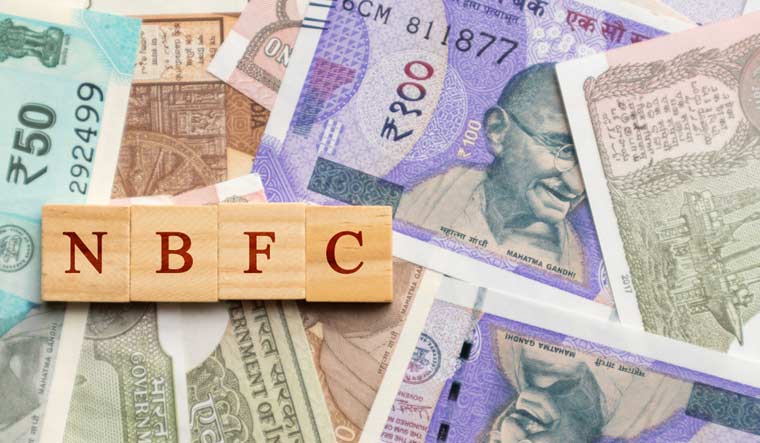With the assets under management (AUM) of non-banking financial companies (NBFCs) set to grow at 10 percent during the next fiscal, the NBFC segment is heading towards a revival in growth. As per a recent report by CRISIL, the NBFC sector had faced multiple challenges lately over the last few fiscals. The report points out that despite the growth there would also be current challenges especially dealing with gross non-performing assets (GNPAs) which are expected to increase, mainly due to the revision in recognition norms and due to slippages from the restructured book. The report also points out that funding access is yet to normalise for some of the NBFC players.
“Many NBFCs have built higher liquidity, capital and provisioning buffers in the recent past. That, combined with improving economic activity, puts them in a comfortable position to capitalise on growth opportunities. However, competition from banks will intensify. Asset quality worries have also manifested due to recent regulatory clarifications, and uncertainty over the performance of the restructured book. The net growth will be driven by NBFCs with strong parentage and better funding access in the two largest segments home loans and vehicle finance,” pointed out Gurpreet Chhatwal, Managing Director, CRISIL Ratings Ltd.
The CRISIL also points out that organic consolidation is also underway with larger NBFCs gaining share. In the three fiscal years through 2021, the market share of the top 5 NBFCs has risen 600 basis points (bps) to 46 percent. The ability to identify niches that cater to the relatively difficult to address customer segments and asset classes will fuel long term growth for the sector. Retail loans are expected to see reasonably broad based growth in the current and next fiscals supported by pick up in demand and consequently underlying sales. Gold, home and unsecured loans are expected to clock the fastest growth rates among the NBFCs.
It is also expected that on the other hand, wholesale credit would continue to degrow as platforms such as alternate investment funds gain currency. The report says that in terms of asset quality, the change in the Reserve Bank of India’s (RBI) NPA recognition norm to a daily due date basis instead of the month end will have implications as usually NBFCs ramp up collection activity between the due date and the month end, which is why their overdues reduce by the end of the month. However, this flexibility is no longer available.
CRISIL expects GNPAs of NBFCs to increase by 25-300 bps based on asset class because of the new recognition norm. The report observes that while home loans and gold loans will be the least impacted, unsecured, and micro, small and medium enterprises loans will bear the brunt. However the report also points out that the increase in GNPAs because of the revised recognition norms will be largely an accounting impact because, due to the improving economy, the credit profiles of borrowers are not expected to deteriorate and hence credit losses are not expected to change significantly.
As per CRISIL that though there may be apprehensions about rising reported GNPAs, additional disclosures by NBFCs around underlying delinquency profiles and collection efficiencies can help allay them. However CRISIL points out there may be new challenges going ahead in the future for the NBFCs as there could be a risk of a third Covid wave due to the Omicron variant and that needs to be watched. On the other hand, with the GDP expected to grow by 9.5 percent this fiscal year, due to an improvement in the macro economic environment it will bode well for the asset quality of NBFCs.





